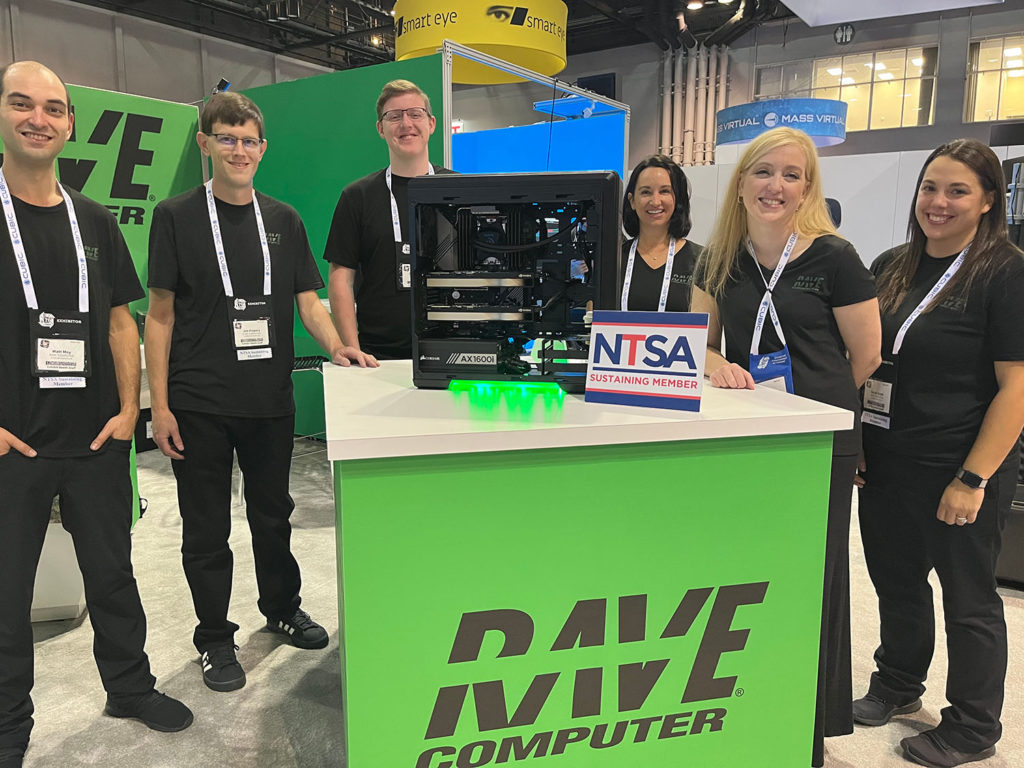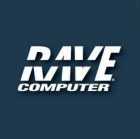Accelerating 2D images to 3D models supporting OWT

Use Case:
- RAVE was initially engaged by the US Army Futures Command to improve the speed at which 2D images could be processed into three-dimensional One World Terrain (OWT) -compatible models suitable for immersive pre-mission training and more.
- Creating 3D OWT terrain models from static 2D photographs is a complicated, compute-intensive and time-consuming process.
- The software currently required for the conversion process is Context Capture from Bentley Corporation. No current documentation was available describing optimal modern computer architecture and configuration that will provide the best possible performance of Context Capture.
- The customer desired a significant reduction in processing time in order to make use of the 3D models sooner. There is a strong desire to complete processing in as close to real-time as possible.
- The baseline performance we were asked to exceed was based on an Intel-architecture 48-core muti-processor computer on which the customer had recorded their best-ever benchmark results.
RAVE’s approach:
- RAVE Computer’s Engineering team researched available documentation in order to understand as much about the software as possible. The information that existed applied to Intel CPU architecture, with no guidance WRT AMD’s new Zen architecture CPUs and their industry-leading core counts.
- Next RAVE interviewed the customer’s technical lead to find out as much as possible from their experience up to that point. The customer’s best-performing configuration at the time of RAVE’s engagement was a 48-core Intel Xeon multiprocessor configuration.
- RAVE then consulted with Nvidia and Bentley’s CTO & Engineering Management team for additional discovery. (RAVE Computer is an Nvidia Elite Pro-vis partner.)
- With all of this information in hand, RAVE ultimately recommended prototyping and benchmarking configurations based on AMD’s latest “Threadripper” processor. RAVE built a single desktop workstation POC and sent it to the customer for evaluation and benchmarking/analysis.
- That result was that the initial design significantly surpassed the baseline Intel MP system in performance and as a result, the customer bought four complete desktop systems for further development.
Result:
- The POC computers delivered by RAVE perform OWT terrain data processing in 20-50% less time than the baseline 48-core multiprocessor Intel-based computer, depending on the input dataset and the various operations in the workflow:
- The amount of overlap in the dataset of 2D images can significantly affect processing efficiency and thus processing time. Our testing has shown that this affects different processor architectures differently.
- There are two main stages of the Bentley Context Capture: Aerotriangulation (AT) and Reconstruction (RC.) These two steps have proven to show differences in benchmark results based on processor and system architecture.
- The discoveries during this phase of the project have resulted in a level of expertise RAVE can bring to additional challenges with respect to OWT.
What can RAVE do related to STE solutions?
- Help determine the best architecture based on client specific needs/use case, based on data rather than suppositions.
- Optimize compute for client needs
- Testing and validation of compute necessary to achieve goal.
- Lifecycle management and supply chain tracking for recurring builds. The value of these services should not be underestimated.
- Ongoing support for solution success: the ability to deliver highly optimized compute solutions based on the latest technology, benchmarked to prove superior performance and packaged to support a wide range of mission goals is what RAVE excels in. This is another example of RAVE Computer acting as a member of our customer’s team in order to fulfill/support the ultimate mission.
